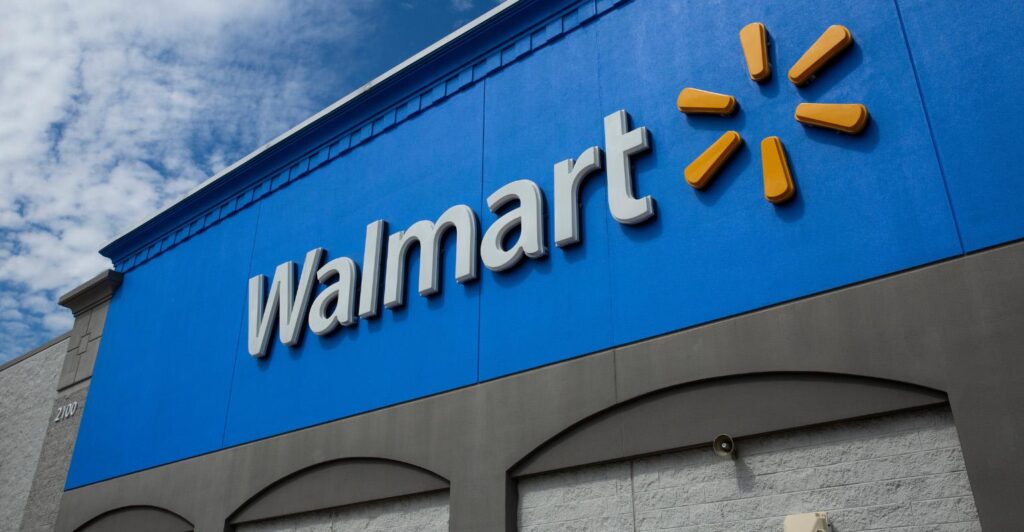Huge delivery discounts by retailers including Walmart and Instacart helped boost grocery ecommerce sales in July.
The total U.S. online grocery market ended the month with $7.9 billion in sales, which is a 9.2% increase year over year, according to the latest data from the Brick Meets Click/Mercatus Grocery Shopper Survey.
Delivery sales backed by deals played a major role as Walmart promoted a 50% discount on its Walmart+ membership in mid-July that cut the annual fee to $49 and Instacart ran with an 80% discount on its annual membership.
As a result, delivery sales surged 22% in July. Ship-to-home climbed 6% with pickup holding steady year over year.
“Walmart and Instacart aren’t the only players using deep discounts to boost delivery demand,” said David Bishop, partner at Brick Meets Click. “Amazon, for example, in July offered a 90-day free Prime membership trial instead of the usual 30 days, along with unlimited grocery delivery. Similarly, DoorDash and Uber Eats are maintaining low or no delivery fees to increase their market share.”
Both grocers and mass retailers saw year-over-year increases in monthly active users (MAU) in July. Grocer’s base grew twice as fast as last year, up about 7%, and mass retailers posted close to an 8% increase. Delivery MAU expanded by more than 10% versus last year and ship-to-home expanded by almost 4%. The MAU for pickup dropped slightly (less than 2%).
Ecommerce order volume for July also grew 5% year over year. Delivery orders led the way with an almost 20% boost while growth in ship-to-home’s user base offset a dip in order frequency, resulting in a 2% gain in order volume for the month. Order volume for pickup, however, decreased 3% compared to July 2023 due to lower order frequency among a contracting MAU base.
Composite spending per order across all three methods increased almost 4% year over year. Average order values (AOV) for ship-to-home climbed the most, growing 4%, while pickup and delivery came in at 3% and 2%, respectively.
Mass retailers recorded a 3% increase in AOV while grocers remained flat versus a year ago.
“Intense competition in grocery delivery promotions is eroding regional grocers’ control over customer interactions,” said Mark Fairhurst, chief growth officer at Mercatus. “While third-party marketplaces may boost short-term order volume gains, they also make it harder for grocery retailers to achieve the economies of scale needed to reduce operating costs.”
“I’m not sure many grocers would jump at the opportunity to put a farmer’s market in their store parking lot, yet many are willing to do something similar when it comes to relying on marketplaces for their online business,” Fairhurst added.
Cross-shopping rates for July 2024 remain elevated as nearly one in three customers continued to buy online from both grocery and mass retailers during the past month. The share of grocery customers (which includes both supermarkets and hard discounters) that also received an online grocery order from a mass retailer finished at 32.1% in July.
The share of grocery customers who received online orders from Walmart reached nearly 22.5%, up 430 bps versus last year, the highest level seen so far in 2024. For Target, the share climbed 100 bps, reaching 14.9%, which is the highest level reached for that retailer during the last two years.


